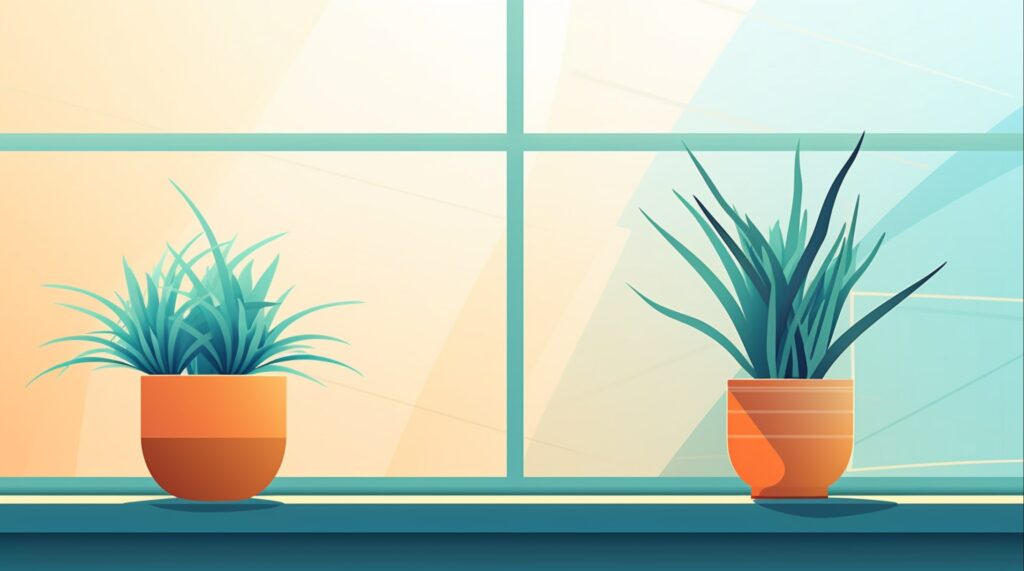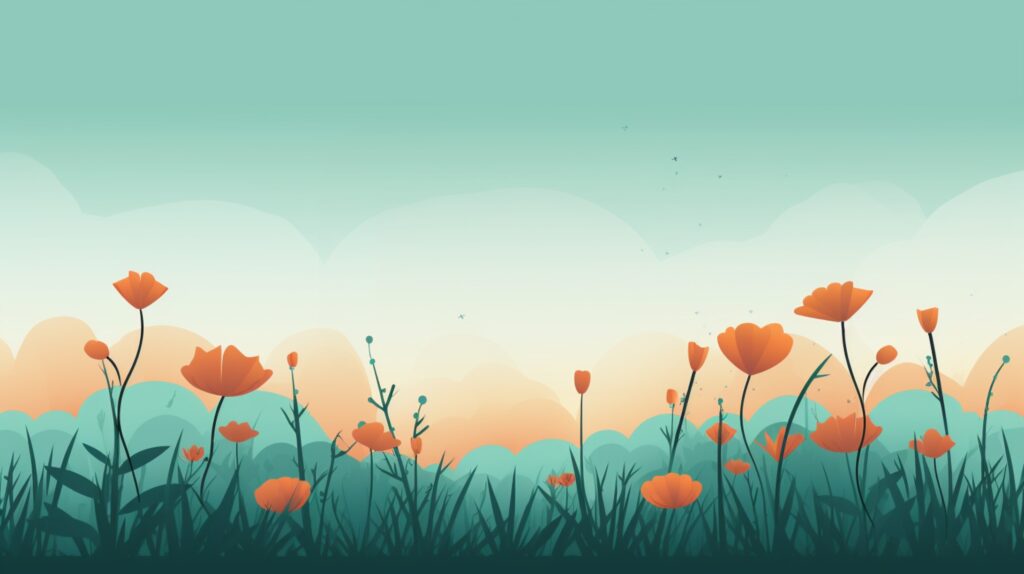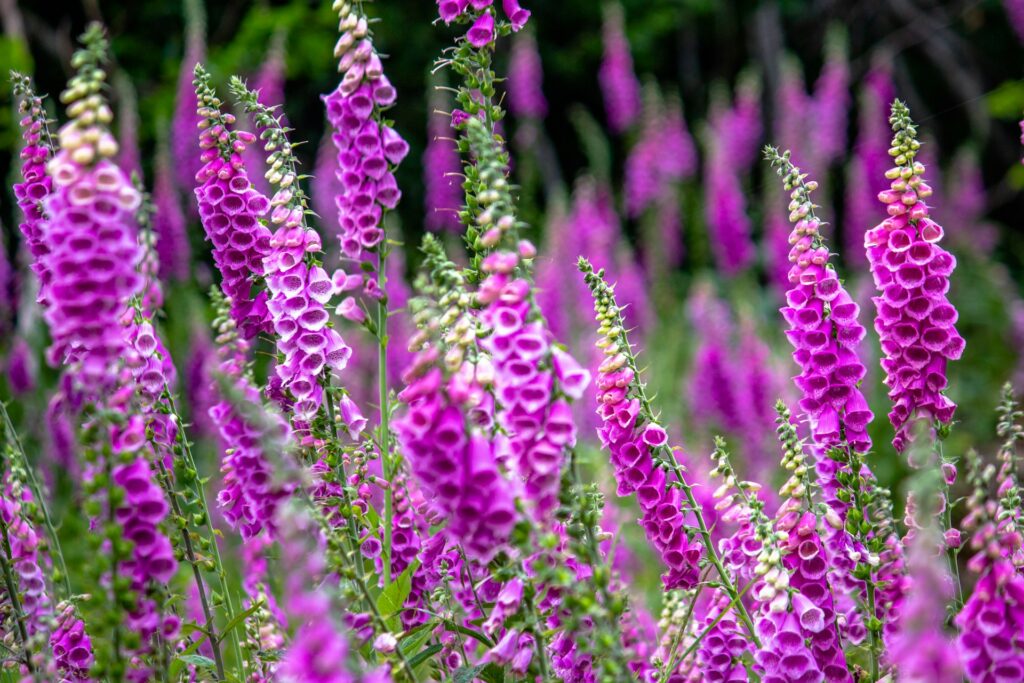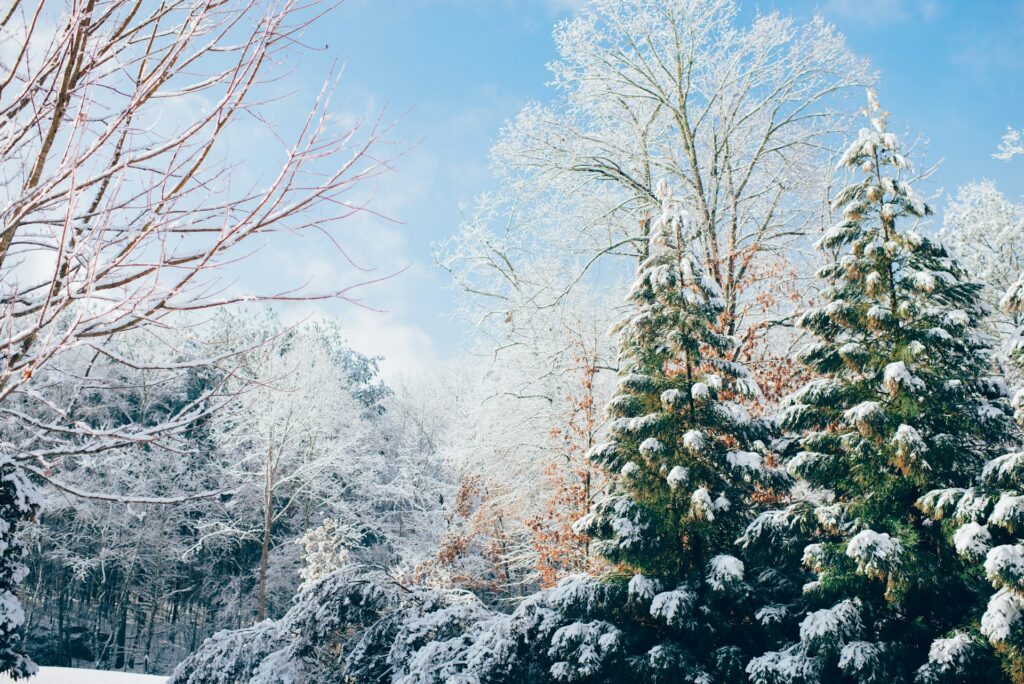Why Are Butterfly Bushes Bad? How to Attract Pollinators Sustainably
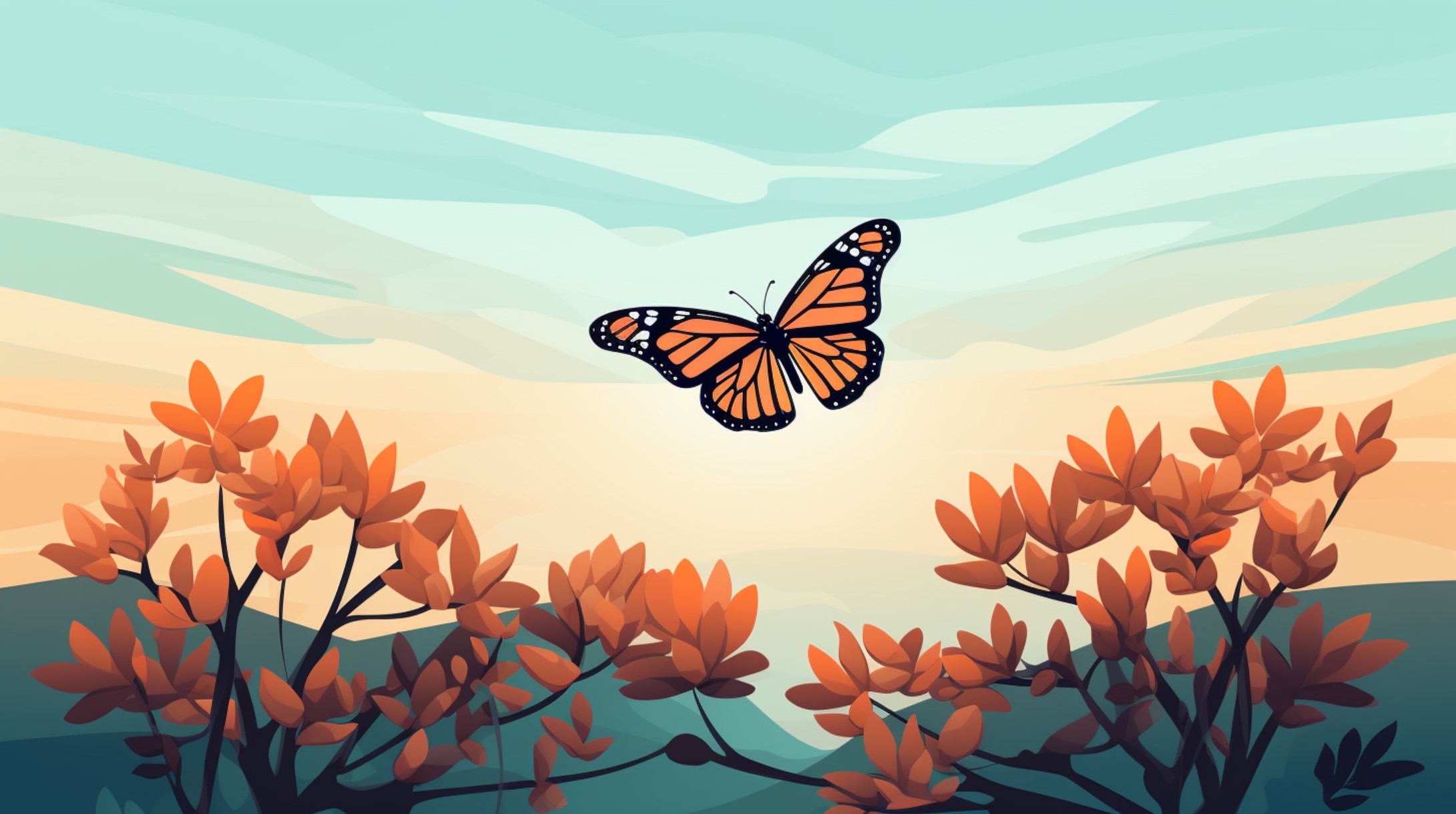
We are reader-supported. When you buy through links on our site, we may earn an affiliate commission.
When you buy a new house, one of your early thoughts may be about how to spruce up the front yard. After all, beautiful landscaping helps you feel good about your property and can attract buyers who love the great outdoors. Butterfly bushes are a standard option because the pollinator is right in its name, but they might have more pitfalls than benefits. Why are butterfly bushes bad and what should you plant instead?
Why Are Butterfly Bushes Bad?
With a name like “butterfly bush,” you’d expect these plants to be the optimal food source for the gorgeous insect. However, while they provide lots of nectar for adult butterflies, they can’t support the caterpillars necessary to continue the species. These small critters will eat leaves until they’re ready to build their chrysalises, but no kind of butterfly’s caterpillars eat butterfly bush leaves.
Not to mention, the butterfly bush is an invasive plant. While new varieties don’t produce seeds or grow as tall, there’s evidence of these bushes invading wildlife habitats. The plant likes to move around, so there’s no guarantee it’ll stay where you put it.
Because of this, butterfly bushes will crowd out the native plants that have supported local wildlife for years. Natural Lands offers an example of how chickadees need 6,000–9,000 caterpillars to feed their young. If there’s just a butterfly bush in your yard, the birds won’t be able to nourish their babies and must find another food source somewhere else. The more people rely on native plants, the more the local animal population will thrive.
What to Plant Instead of a Butterfly Bush
The best option is to rely on a mix of native host plants. However, butterfly species live nationwide, requiring different plants to feed their babies. Here are a few options your local caterpillars will love.
Milkweed
Milkweed is the way to go if you want to serve monarch butterflies. Monarch caterpillars will only eat and mother monarchs will only lay their eggs on milkweed. Thankfully, there are over 100 native milkweed species in the United States, so there’s likely a variety that will suit wherever you live. Considering this butterfly’s population has decreased by 90% in the last two decades, grabbing some milkweed seeds is a great service to the environment.
Pawpaw Trees
If you live in the lower portion of the East Coast, the gorgeous zebra swallowtail may hang around your area. These insects love Pawpaw trees, which produce the largest fruits native to North America. So not only will you see some lovely visitors, but you’ll also get pretty flowers and snacks that taste like a mix of banana and pineapple.
Hackberry Trees
Want to support a host of local species? A hackberry tree is the only host for the hackberry and tawny emperor butterflies, but it’s also great for mourning cloak and question mark butterflies. You’ll even attract some birds and maybe a few neighbors with the delicious fruits. Check if these pollinators live in your zone to see if your yard would benefit from a hackberry tree or two.
Spicebushes
As its name implies, spicebushes are the perfect home for the spicebush swallowtail. You’ll know you’ve achieved success if you see the almost silly-looking green caterpillars with bulbous eyes and yellow eyespots. A spicebush will spruce up your yard while also providing a delectable scent.
Passionflower Vines
Gulf fritillary butterflies love warmer areas, so they’re more common in the southern half of the U.S. down into South America. These critter’s caterpillars love the passionflower vine, which has multiple varieties native to the U.S. The plant is also a favorite of various butterfly species, so look out for more than just gulf fritillaries stopping by.
Blue False Indigo
If you want to ensure pollinators of all kinds can find refuge in your yard, invite the Io moth in with some false blue indigo. These beautiful, fuzzy insects will be eye-catching against the purple of the flowers. Just remember to avoid touching the plant — Io caterpillars have poisonous spines that don’t cause severe harm but certainly pack a punch.
Moths are also excellent pollinators, but their numbers have steadily dropped alongside butterflies. Give them a helping hand with some blue false indigo or a redbud tree.
Flowers for Adult Butterflies
It’s critical to plant host plants so butterflies can lay their eggs and their young can eat, but the parents need some nourishment, too. All these flowers are notorious butterfly favorites:
- Ironweed
- Coneflower
- Buttonbush
- Rattlesnake master
- Blazing star
- Black-eyed Susan
- Ninebark
- Joe Pye weed
The insects love these flowers because the shape provides space for them to rest and they’re full of nectar. Do some online research or ask your local garden center about even more native plants that can help your pollinator population.
How to Remove a Butterfly Bush
Now that you know which plants are best for butterflies, you may be itching to uproot any butterfly bushes that might be in your yard. The first step is to trim the plant back if it’s large, then rip it out by the roots. Leaving any behind could restart the plant, so get as many up as you can. It’s also best to do this when the bush isn’t seeding, as the process could spread seeds around.
Composting the non-seeding parts of the bush is possible, but your best bet at getting rid of it entirely is to leave the trimmings out in the sun in contractor-grade garbage bags. Once all those pieces dry out, they’re ready to go out with the trash or be used as kindling. Make sure you check state and town regulations if you plan to burn the butterfly bush, as there may be rules against doing so and recommendations for disposal.
Invite Pollinators to Your Yard Without Butterfly Bushes
Why are butterfly bushes bad? Despite their name, they don’t provide the food caterpillars need to grow into adult insects. The plant is also invasive, meaning it risks choking out native nutrition sources and impacting multiple wildlife populations. Rather than use a butterfly bush, research your local pollinators, and plant flowers and trees that support them throughout their life cycles.




